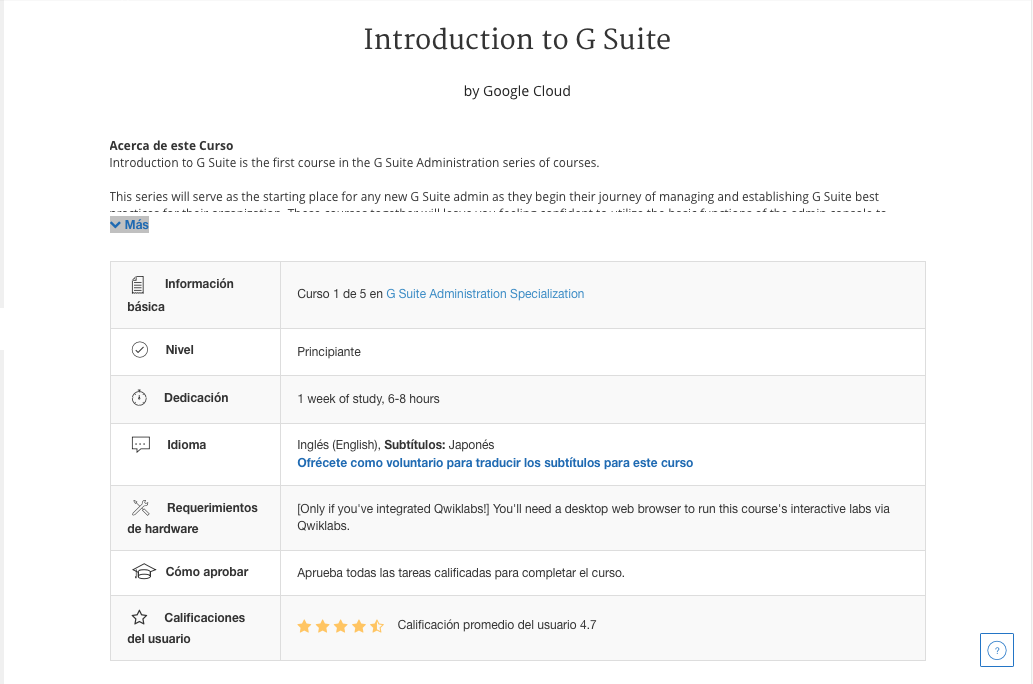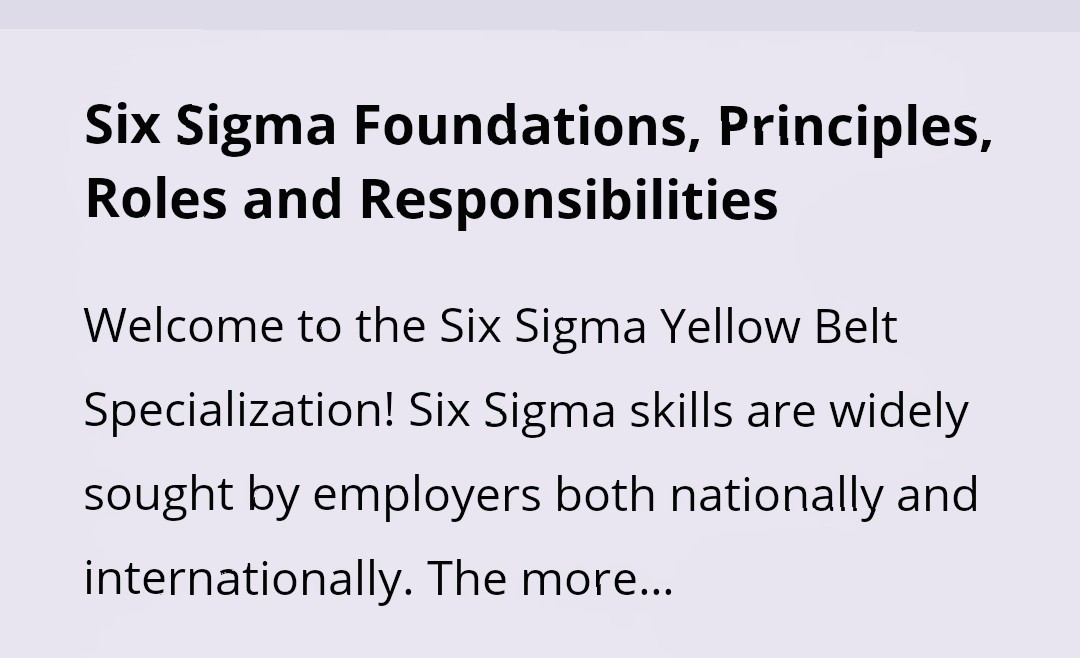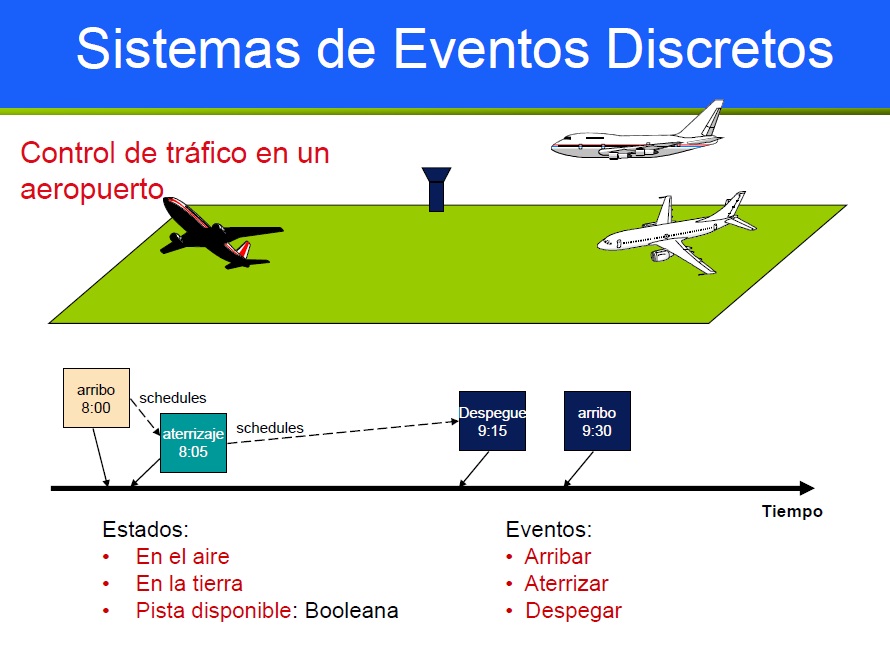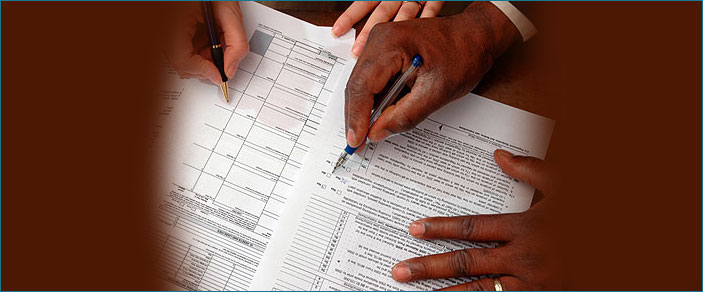Acerca del curso
Students in this class will learn modeling and analysis techniques applicable to electrical, mechanical, and chemical systems. This “systems” view, that focuses on what is common to these different physical systems, has been responsible for much of the progress in the last several decades in aeronautics, robotics, and other engineering disciplines where there are many different technologies working together.
Starting with algebraic descriptions of individual components (such as resistors), the class develops tools for modeling engineered systems. Differential equations are key ingredients, so we will spend significant time learning how to derive differential equations from component descriptions. One of the key ideas in this class is that electrical, mechanical, and chemical systems may seem very different from each other but often have very similar behavior, allowing us to draw powerful analogies between them. Case studies from several areas of engineering will be used to illustrate the modeling techniques, including examples from robotics, power networks, exoskeletons, biomechanics, system identification, and active sensing. Students will be encouraged to do hands-on experiments that demonstrate the techniques.
Programa del curso
Topics:
1. What does it mean to model a physical system?
2. Newton's laws
3. Mechanical components connected together
4. Chemical diffusion
5. Laws governing electrical behavior
6. Circuits and electrical components connected together
7. Analogies between physical systems
8. Diffusion is everywhere
Preparación previa recomendada
Familiarity with some high school calculus (e.g., derivatives and integrals) is required.
Lecturas sugeridas
The online class notes follow the lectures, but will include additional material to help clarify the lecture material. These notes will be updated in response to questions students post during the class, so they will change as the class evolves.
Formato del curso
The class will consist of 24 lecture videos, all of which are 4-8 minutes long. Each week has three lectures, each paired with course notes and exercises to reinforce the class material. Moreover, each week will have a homework set that will be graded as part of the course. Lastly, weeks 3-8 will have demonstrations that apply the ideas in class to real-world engineering applications. Half of these demonstrations can be built at home while the other half are based on current research in my laboratory.
Preguntas frecuentes
What resources will I need for this class?For this course, all you need is access to a computer that has either MATLAB (commercial software) or python (open source software). As a result of generous support from Mathworks,
students will be granted a free downloadable license to MATLAB for the duration of the course.
What is the coolest thing I'll learn if I take this class?
You'll learn how to build an electronic circuit that behaves exactly like milk in coffee.
Experiments and Demonstrations
Engineering is a field where you build things! This class is going to have three inexpensive experiments demonstrated by students helping with the class. We hope you will build them at home and share your designs with us!
Will I get a Statement of Accomplishment after completing this class?
Yes. Students who successfully complete the class will receive a Statement of Accomplishment signed by the instructor.

 n
n





























































